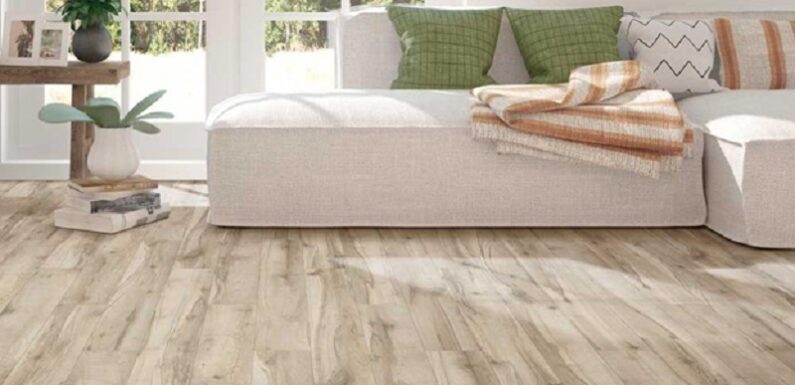
Vinyl flooring has gained popularity in recent years due to its durability, affordability, and versatility. However, concerns have been raised regarding its impact on human health. In this article, we will explore the health implications of vinyl flooring, examining both its advantages and potential drawbacks.
Understanding Vinyl Flooring
Vinyl flooring is a synthetic material made from polyvinyl chloride (PVC), combined with plasticizers, stabilizers, and pigments. It comes in various forms, including sheets, tiles, and planks, and is known for its water resistance, easy maintenance, and wide range of design options.
The Benefits of Vinyl Flooring
- Durability and Longevity: Vinyl flooring is highly durable and can withstand heavy foot traffic, making it suitable for both residential and commercial settings. Its longevity reduces the need for frequent replacement, contributing to sustainability.
- Water Resistance and Easy Maintenance: One of the major advantages of vinyl flooring is its ability to resist water, making it suitable for areas prone to moisture, such as bathrooms and kitchens. Vinyl flooring is also easy to clean and maintain, requiring minimal effort to keep it looking pristine.
- Affordability and Versatility: Vinyl flooring is a cost-effective option compared to other flooring materials, such as hardwood or ceramic tiles. It offers a wide range of design options, mimicking natural materials like wood or stone, allowing homeowners to achieve their desired aesthetic at a lower cost.
Potential Health Concerns
- Emission of Volatile Organic Compounds (VOCs): One of the primary concerns associated with vinyl flooring is the emission of volatile organic compounds (VOCs). VOCs are chemicals that can be released into the air, potentially leading to adverse health effects, especially in poorly ventilated spaces. However, the level of VOC emissions in vinyl flooring has significantly decreased in recent years due to stricter regulations and improved manufacturing practices.
- Phthalate Exposure: Certain vinyl flooring products may contain phthalates, a group of chemicals used as plasticizers. Phthalates have been linked to potential health issues, including hormonal disruptions and respiratory problems. However, many manufacturers now produce phthalate-free vinyl flooring or offer low-phthalate alternatives, reducing the risk of exposure.
Ensuring a Healthy Installation
- Proper Ventilation: During the installation process, it is crucial to ensure proper ventilation in the area. Adequate airflow helps in dissipating any potential VOC emissions and maintaining good indoor air quality.
- Selection of Low-VOC and Phthalate-Free Products: When choosing vinyl flooring, opt for products labeled as low-VOC or phthalate-free. This ensures a reduced risk of exposure to potentially harmful chemicals.
- Professional Installation and Maintenance: Hiring a professional installer can help ensure that the vinyl flooring is installed correctly, minimizing the chances of problems such as loose seams or gaps. Additionally, following the manufacturer’s instructions for maintenance and cleaning will help preserve the quality of the flooring.
Conclusion
Vinyl flooring offers numerous benefits in terms of durability, water resistance, and affordability. While concerns about potential health implications exist, the industry has made significant advancements in reducing VOC emissions and offering low-phthalate alternatives.


